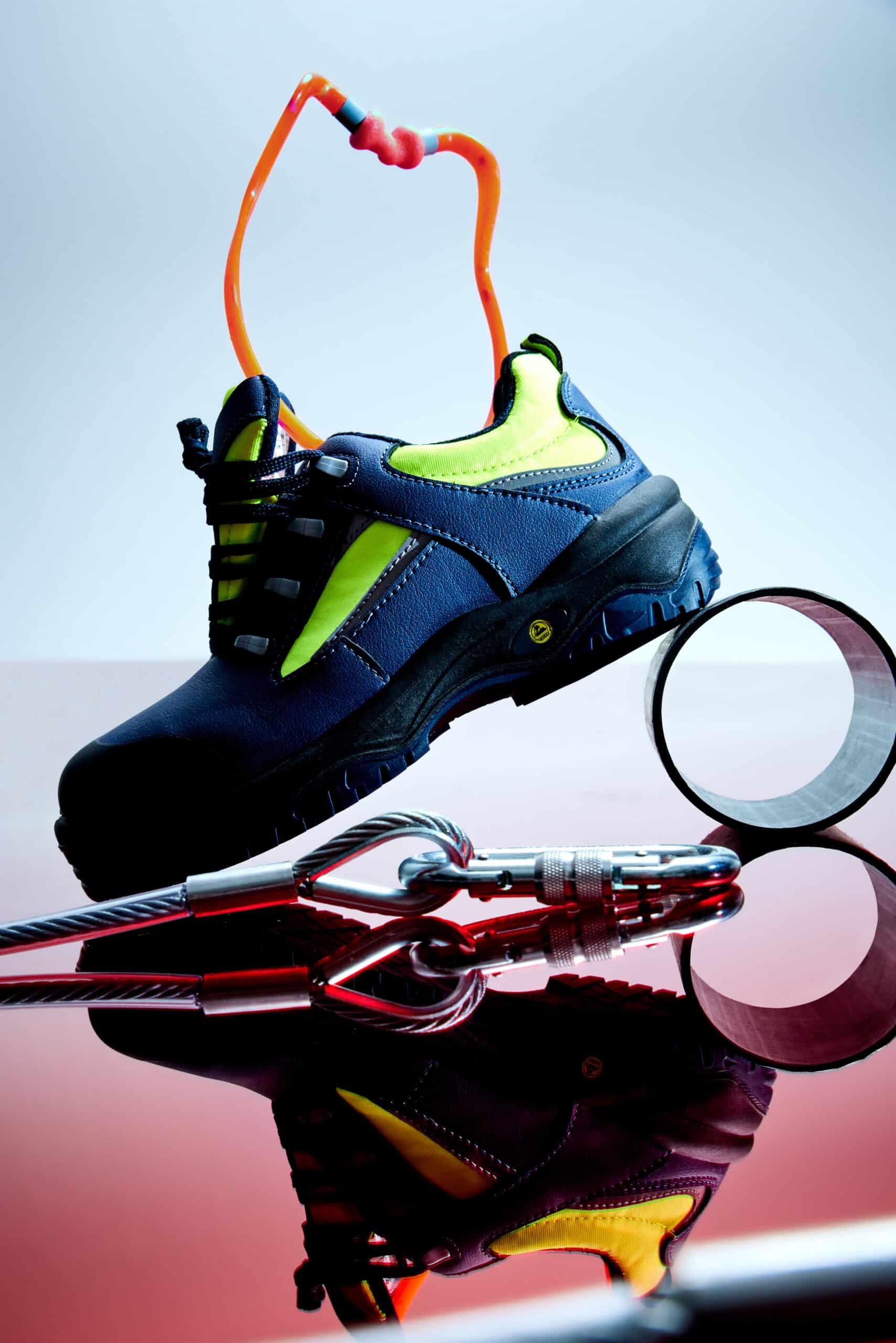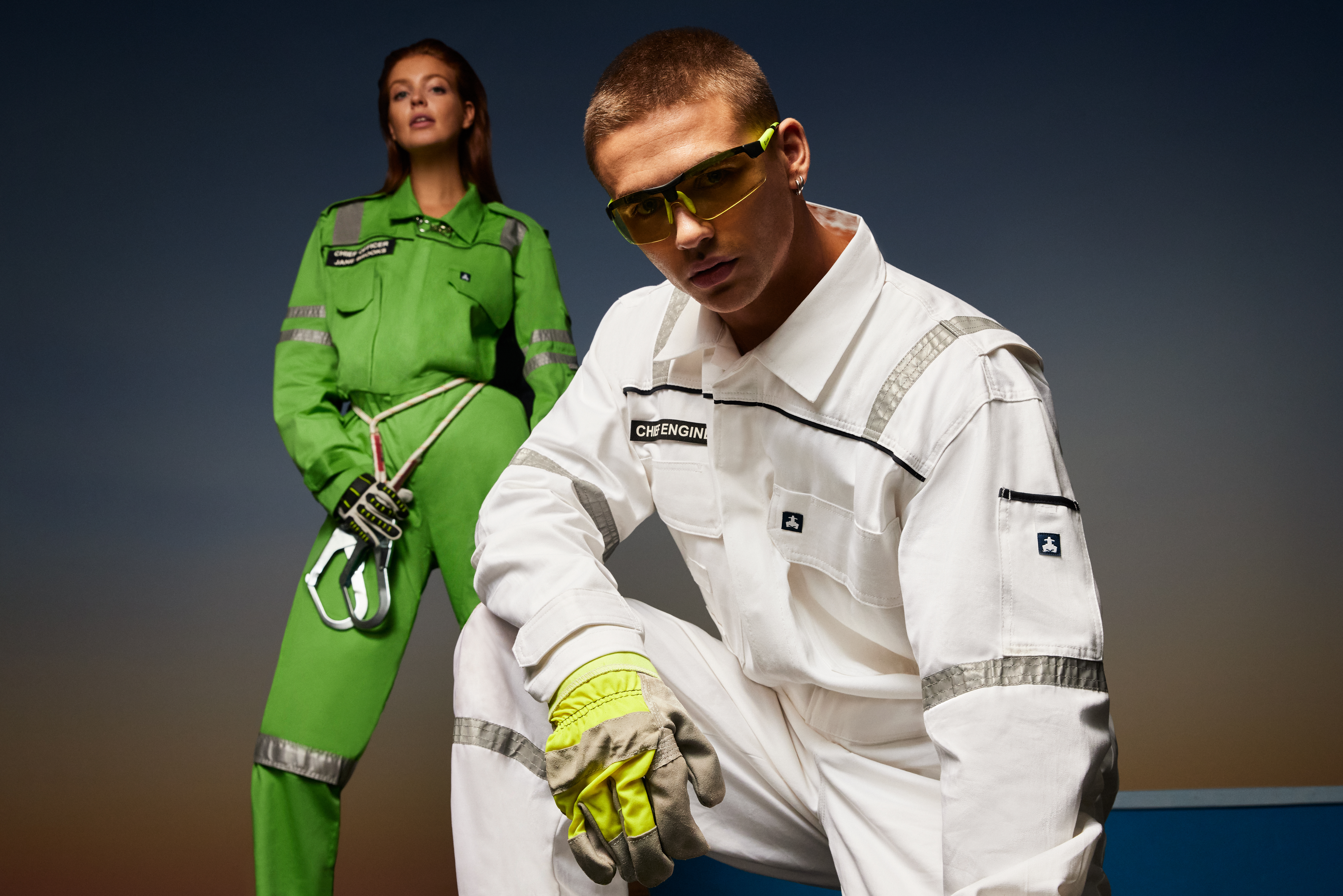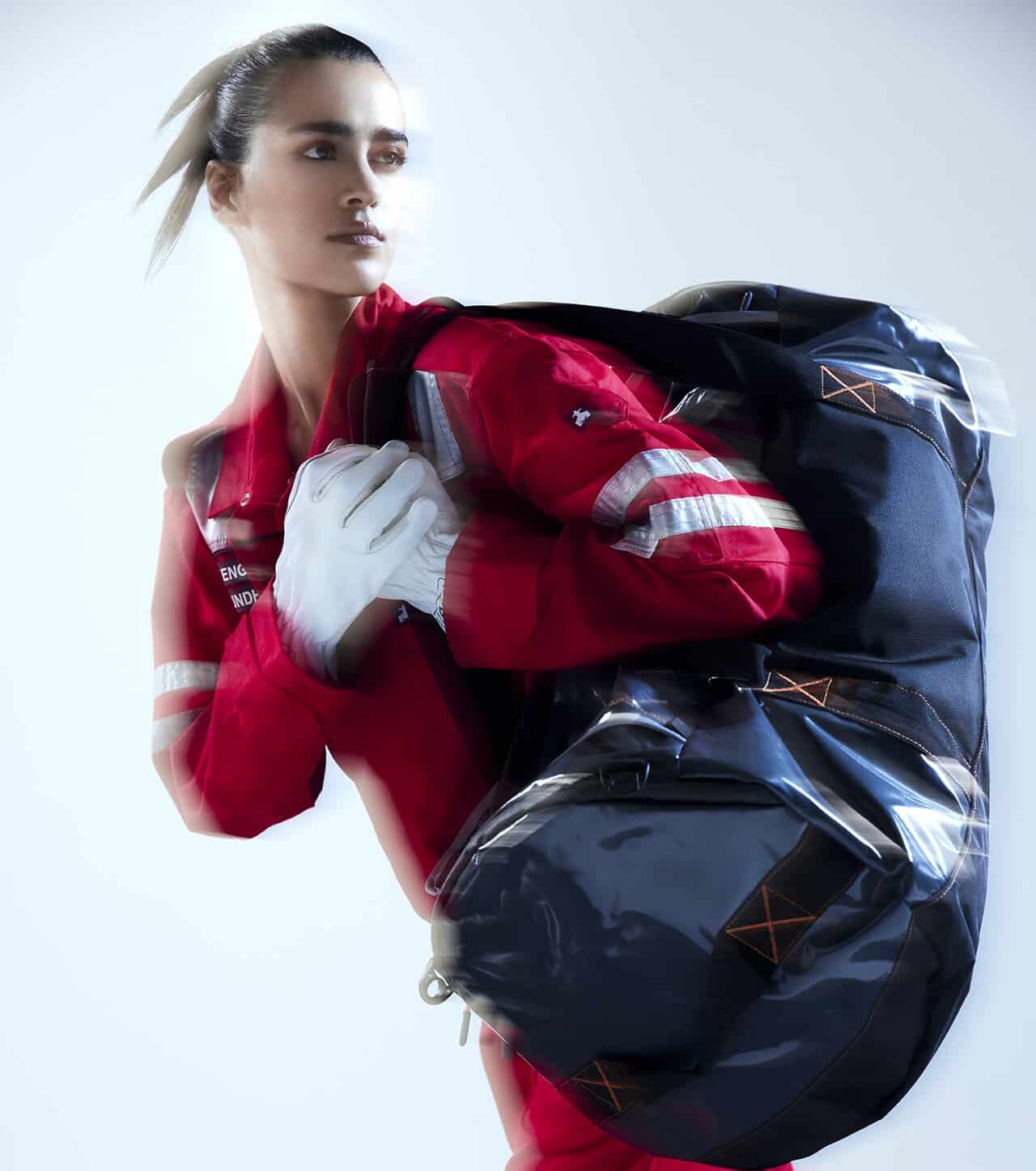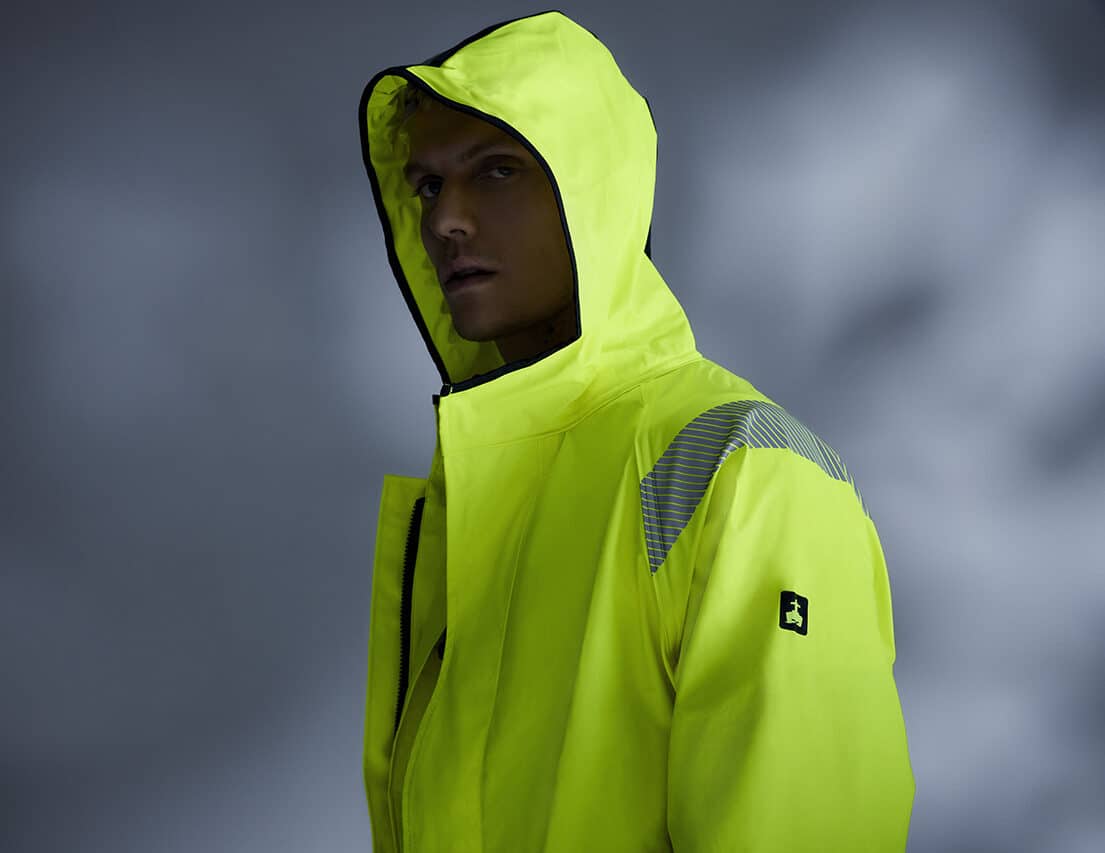Filter
Availability
Category
Color
Price
Features
Norms and standards
Offshore Jackets
The importance of an offshore jacket
Offshore jackets are a crucial component of personal protective equipment (PPE) for those working in the maritime and offshore industry. These jackets are engineered to safeguard against the harsh and unpredictable weather conditions commonly experienced in this field, including rain, wind, and waves. They also protect workers from other potential hazards, like chemical spills or splashes. The materials used to construct these jackets, such as Gore-Tex and high-performance fibers like Nomex and Kevlar, are chosen for their robustness and ability to protect workers from various hazards. These jackets are designed to be worn over the upper body, creating a barrier between the worker and the elements.
The most important features
When looking to purchase an offshore jacket, it’s important to consider the level of waterproofing and breathability the jacket offers. These properties can be measured through standardized tests such as Hydrostatic Head Test and Moisture Vapor Transmission Rate (MVTR), which determine a material’s resistance to water penetration and breathability. The test assigns a rating in millimeters, with higher numbers indicating better waterproofing and breathability.
Considerations for selecting an offshore jacket
When considering an offshore jacket, it’s also important to think about the specific tasks that will be performed while wearing it. For tasks that involve working in heavy rain or waves, or for high physical activity, a jacket with a higher level of waterproofing and breathability is needed. But for tasks that involve less exposure to water, a jacket with a lower level of waterproofing and breathability may be sufficient.
Additional features and maintenance
In regards to the fit and comfort of the offshore jacket, it is crucial that the garment is tailored to fit the worker well and not cause any discomfort or chafing. The jacket should also be flexible enough to allow for full range of motion and dexterity in order to perform tasks efficiently. Safety should also be a top priority when designing offshore jackets, which is why it’s important to include high visibility colors, reflective tape, and other safety features to improve visibility and protection in low light conditions.
When looking at the features of the jacket, some jackets may have additional amenities such as multiple pockets for storage, hoods for extra protection and detachable liners for added warmth. Some offshore jackets may also be designed to be flame-resistant or chemical-resistant, providing added protection for workers who may be exposed to fire or chemical hazards.
Proper maintenance of the jacket is also crucial to ensure that it continues to provide the necessary level of protection for the workers. Offshore jackets should be inspected prior to each use for any signs of wear or damage and replaced if necessary. It’s also important to follow the manufacturer’s instructions when washing and drying the jacket, in addition to any additional care instructions such as re-proofing the jacket after a certain number of washes to ensure that the waterproofing and breathability properties are maintained.

Do you need advice?
Don’t hesitate to contact us!
Send an email
inquiries@scandiagear.com










